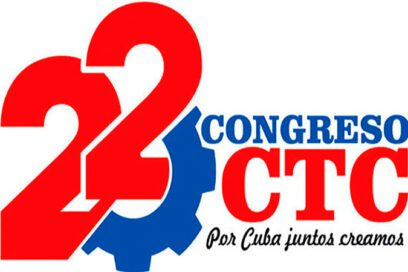The actions currently being undertaken by the trade union movement as part of the organic process of its 22nd Congress are proceeding according to plan, it was learned after the holding of around 80% of the assemblies to introduce the call in labor collectives in the country and the training of more than 80 thousand trade union leaders from provinces, municipalities, territorial bureaus and grassroots sections.

The call was made public last January 27 in Santiago de Cuba during the central act for the 85th anniversary of the creation of the Central de Trabajadores de Cuba () and its analysis was announced in order to discuss the main trends on the issues that today concern the workers and that they consider should be on the agenda of an event of such magnitude, whose final sessions have been scheduled for April 2025.
The exchange also focused on the recognition of trade union work, as well as its improvement based on all the transformations that it must undergo from its organic functioning, in fact a critical debate to preserve rights and guarantees and ensure the unity of the trade union movement.
Among other aspects, the analysis has emphasized the need for new working methods and greater political preparation of union leaders to promote the most genuine representation of their members and workers in general.
The groups have criticized some administrations for lack of demand and creativity, as well as for the delay in solving the internal problems of the work centers, and have asked to strengthen emulation and its emulative movements, and to promote the work of the , especially in the current complex economic context.
The examination of the call will continue until March 10, while the assemblies of the organic process and union elections in the grassroots organizations -already held in many labor centers- will conclude in late April.
At the same time, the work centers are holding assemblies for the submission and analysis of the plan and budget, which conclude on March 31, a strategic exercise in view of the considerable loss of the nation’s foreign currency income, the reduction of productive activity, shortages in the supply of goods and services, excessive prices and labor fluctuations of highly qualified professionals.


